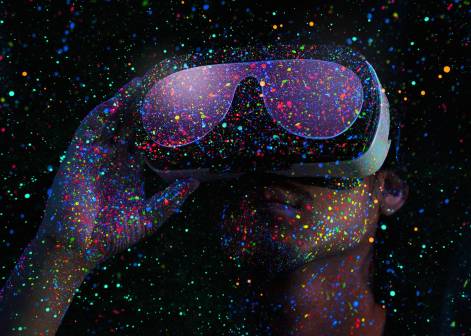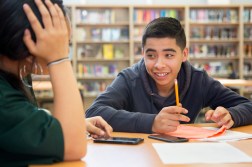Virtual reality could be the magic school bus teachers need

Teachers want to bring virtual reality to the classroom.
Nearly 85 percent of K-12 teachers polled in a new study say virtual reality could improve learning outcomes and almost all (93 percent) agree their students would be excited to use the technology in school.
The survey also revealed that although more than half of teachers are interested in making virtual reality part of students’ learning experience, only 2 percent of teachers have actually used it in the classroom.
The findings, released this week at the annual ISTE conference, are based on a survey of more than 1,000 teachers in the U.S. conducted by Samsung Electronics America and market research company GfK.
“As we saw with Chromebooks, tablets, digital curriculum and game-based learning, emerging technologies can have a profound impact on student success and virtual reality has the potential do the same and more,” said Ted Brodheim, vice president of Vertical Business at Samsung Electronics America.
In an interview with EdScoop during the ISTE conference, Brodheim acknowledged that virtual reality still doesn’t have much of a presence in the classroom, in part because there isn’t a lot of media content yet for teachers to use.
“But a year from now, the conversation’s going to be completely different,” he predicted, as more viewing material become available.
[Read more of this week’s coverage from ISTE 2016.]
Teachers sense the potential value, according to the study. Teachers said they think virtual reality will be most beneficial to science, social studies and history classes. Nearly 70 percent of teachers say they would take students on virtual field trips to world landmarks or use it to give kids unique learning experiences, like flying an airplane. Teachers say they would also use virtual reality viewers to show students the remote parts of the world, like outer space or the inside of a volcano.
Additionally, some teachers reported that they would use virtual reality as a tool to spark student interest in higher education by taking them on college tours.
“Samsung is committed to empowering students and teachers through technology,” Brodheim said, “and we’re excited to work with educators to create new learning opportunities with virtual reality.”
Wyatt Kash contributed to this article.




